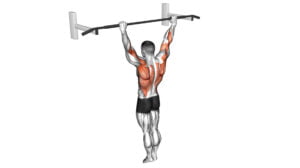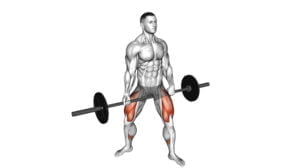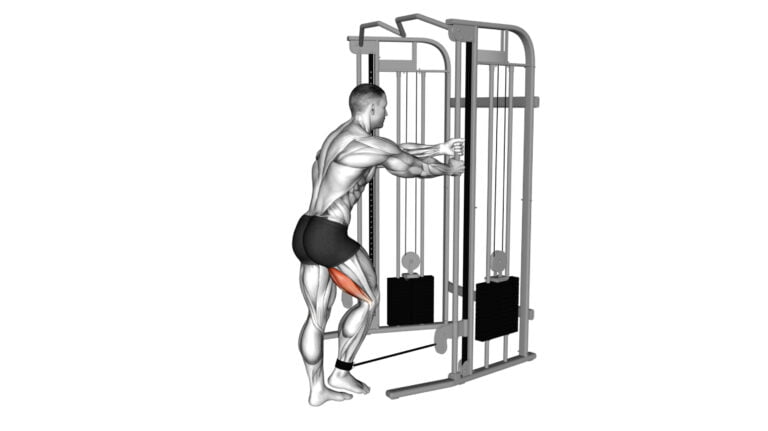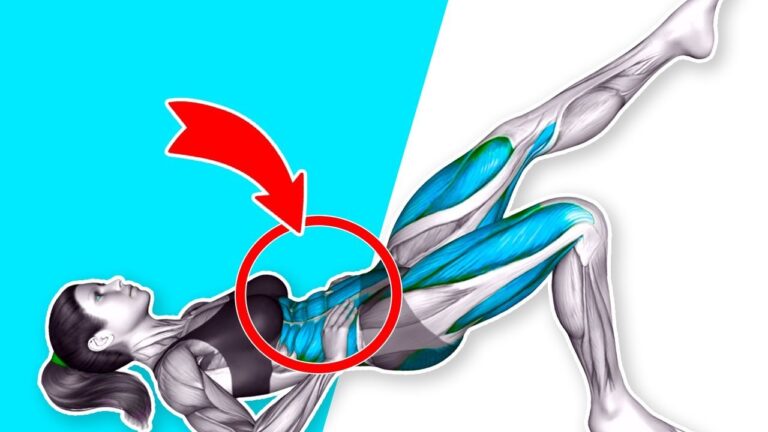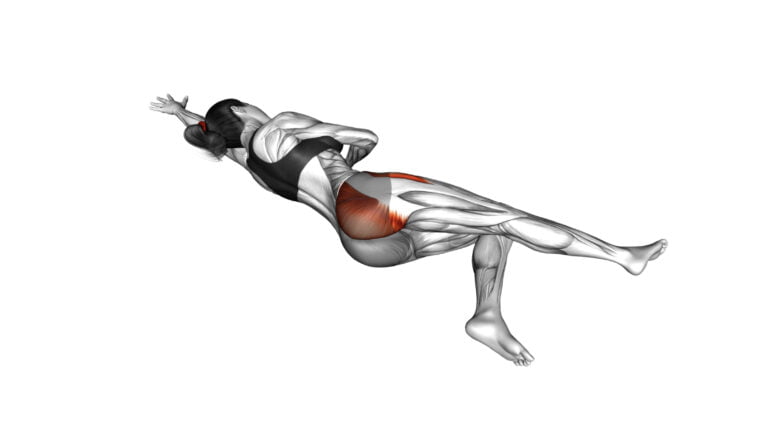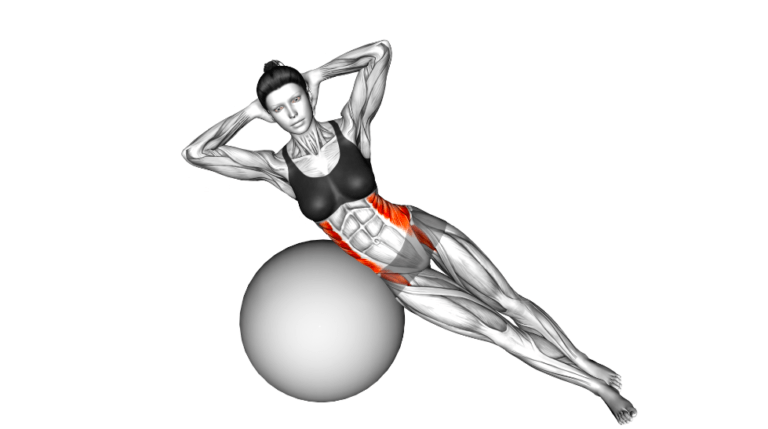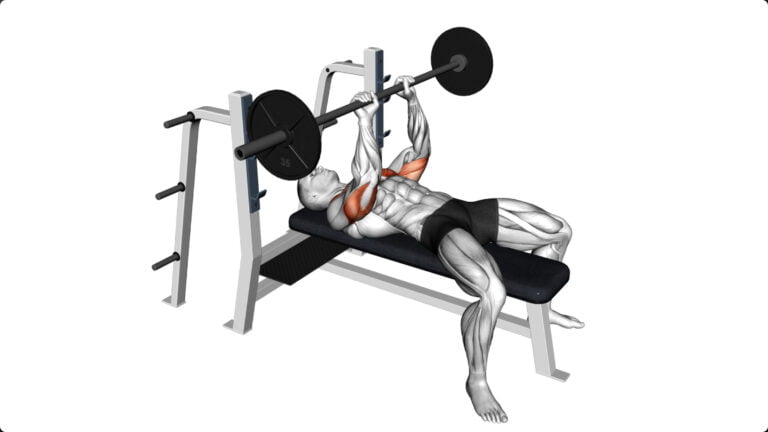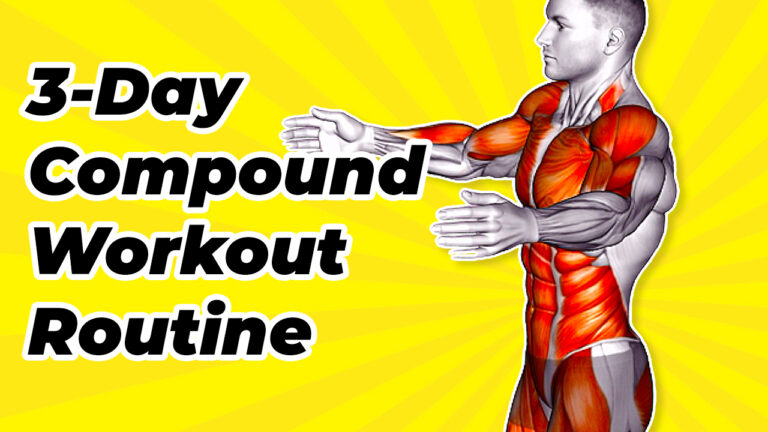Get Stronger with These 10 Compound Dumbbell Exercises for Upper Body
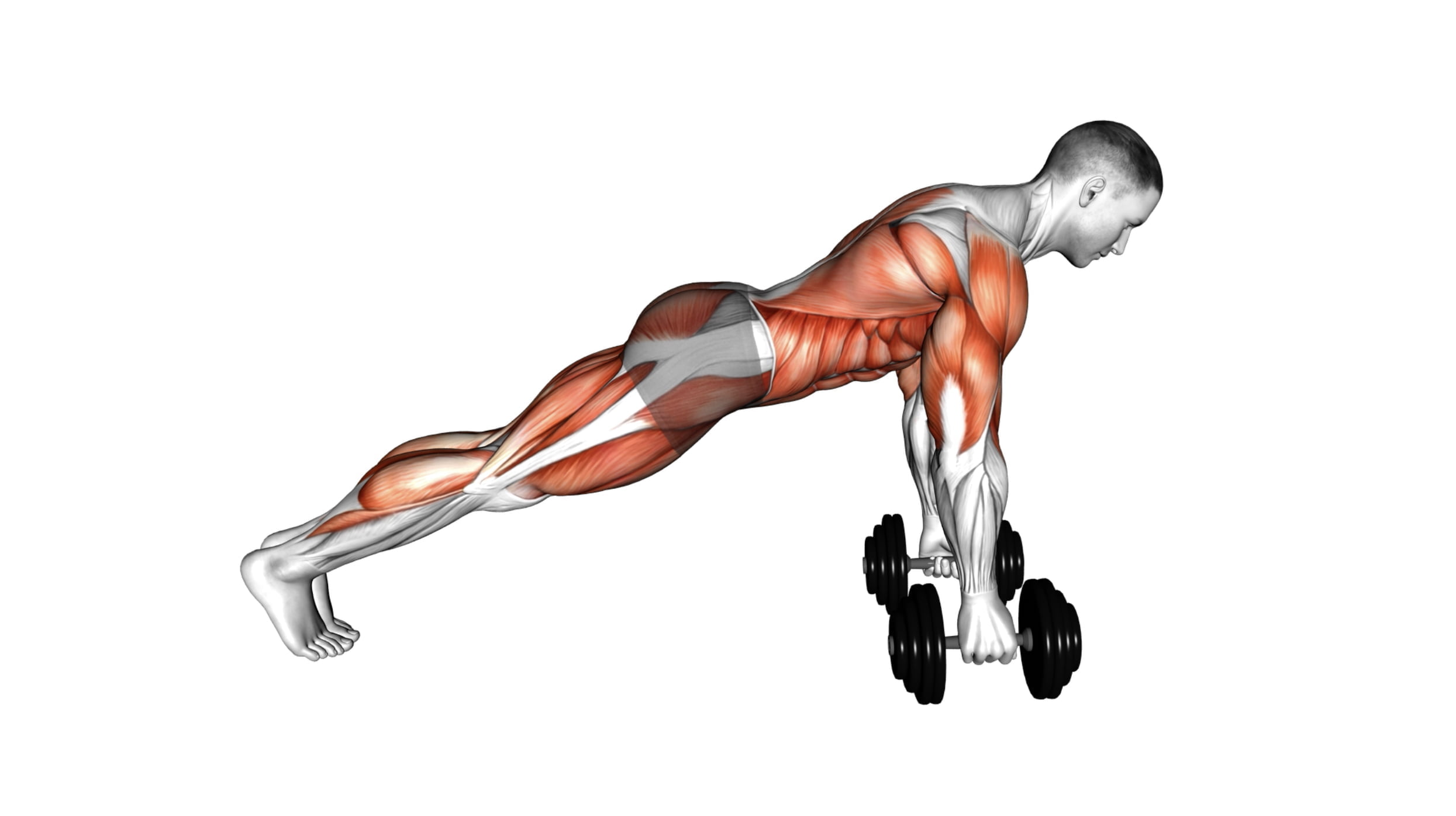
Building upper body strength doesn’t always require heavy machinery or a gym full of barbells. Compound dumbbell exercises for the upper body are powerful tools that can sculpt your physique, enhance functional strength, and improve overall health.
With over a decade of experience as a certified personal trainer, I’ve guided countless individuals through targeted workouts that maximize muscle engagement while minimizing time spent.
The beauty of compound movements lies in their ability to activate multiple muscle groups simultaneously, leading to more comprehensive development and calorie burn than isolation exercises.
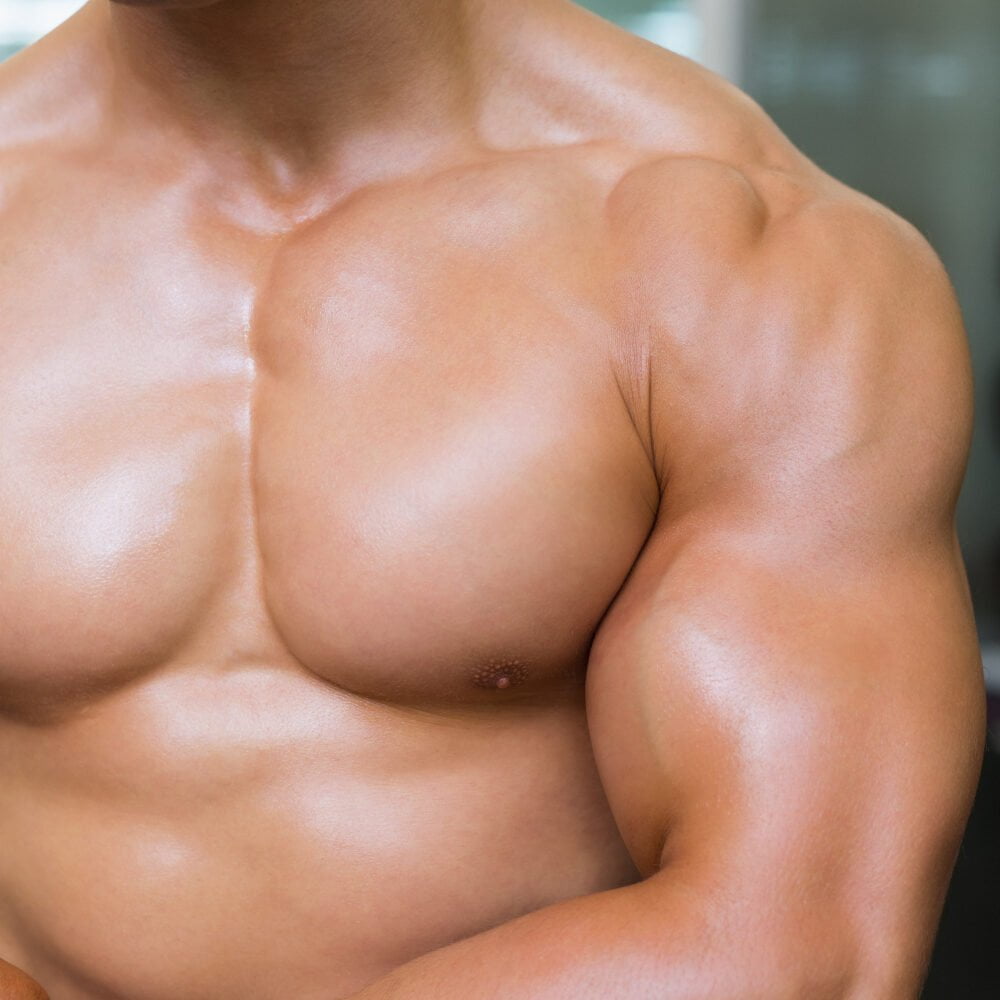
As we dive into these top 10 compound dumbbell exercises for your upper body, prepare to unlock the potential within each rep. This carefully curated list promises not just guidance but transformation—a strategy transforming effort into unmistakable results.
Keep reading; transformation awaits!
Key Takeaways
- Compound dumbbell exercises work multiple muscle groups at once for efficient and effective upper body strength building.
- Incorporating a range of motions, such as the Dumbbell Incline Y Raise and the Bent-Over Reverse Row, enhances functionality and mimics real-world activities.
- Adaptable to different training styles and goals, these exercises can be modified with various weights to challenge both beginners and advanced lifters.
- Prioritizing proper form during workouts maximizes exercise benefits, helps target specific muscles, and reduces injury risk.
- A balanced workout routine includes pushing, pulling, overhead movements, and core stability exercises to ensure comprehensive development.
Benefits of Compound Dumbbell Exercises for Upper Body Strength
Compound dumbbell exercises for upper body provide versatility for functional movements, multiple options for loading, and are suitable for various training approaches. These exercises target multiple muscle groups simultaneously, making them efficient and effective for building upper body strength.
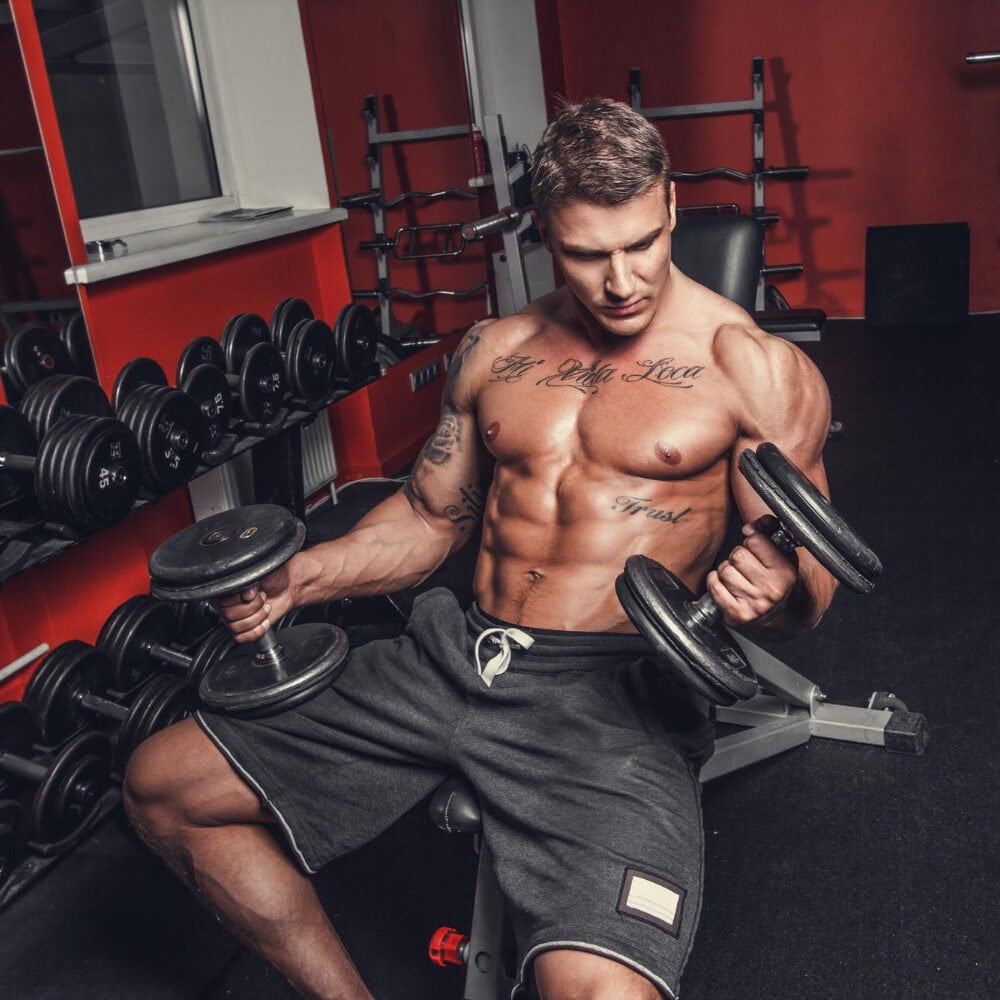
Versatility for function
Dumbbells provide a dynamic range of motion that can mimic real-world activities, making your workouts more functional. Lifting these weights engages multiple muscle groups simultaneously, enhancing coordination and boosting overall muscle strength.
Whether you’re performing a dumbbell snatch that powers through your shoulders, hips, and glutes or executing goblet squats to target your hamstrings and quads, each exercise packs a punch by working several areas at once.
Tailoring a routine with compound exercises offers practical benefits beyond the gym. It gears up your body for day-to-day tasks like lifting groceries or shoveling snow. Exercise variations are endless; switch between standing positions and bench presses to challenge different muscles.
Adjust the angle of push-ups for targeted chest activation, or add walking lunges into the mix to fire up the legs—all possible with just a pair of dumbbells in hand.
Multiple options for loading
With compound dumbbell exercises, you can tailor the weight to suit your strength level or desired challenge. You might start with lighter weights for high-rep muscle endurance workouts or opt for heavier ones to boost muscle growth through lower reps and more sets.
This flexibility in choosing how much load to work with ensures that both beginners and advanced lifters can stimulate their muscles effectively without needing a lot of different equipment.
It’s all about finding the balance that pushes your limits while still allowing you to maintain proper form throughout each set.
Compound movements allow you to hit multiple muscle groups at once, making it easier to load up on resistance and make those strength gains. For instance, a dumbbell bench press engages not just your pectoralis major but also triceps and deltoids, giving these muscles a comprehensive workout under various loads.
Whether implementing deadlifts, clean and press, or squats into your regimen, adjusting the weight of the dumbbells enables strategic manipulation of intensity—key for continual progression in building upper body power.
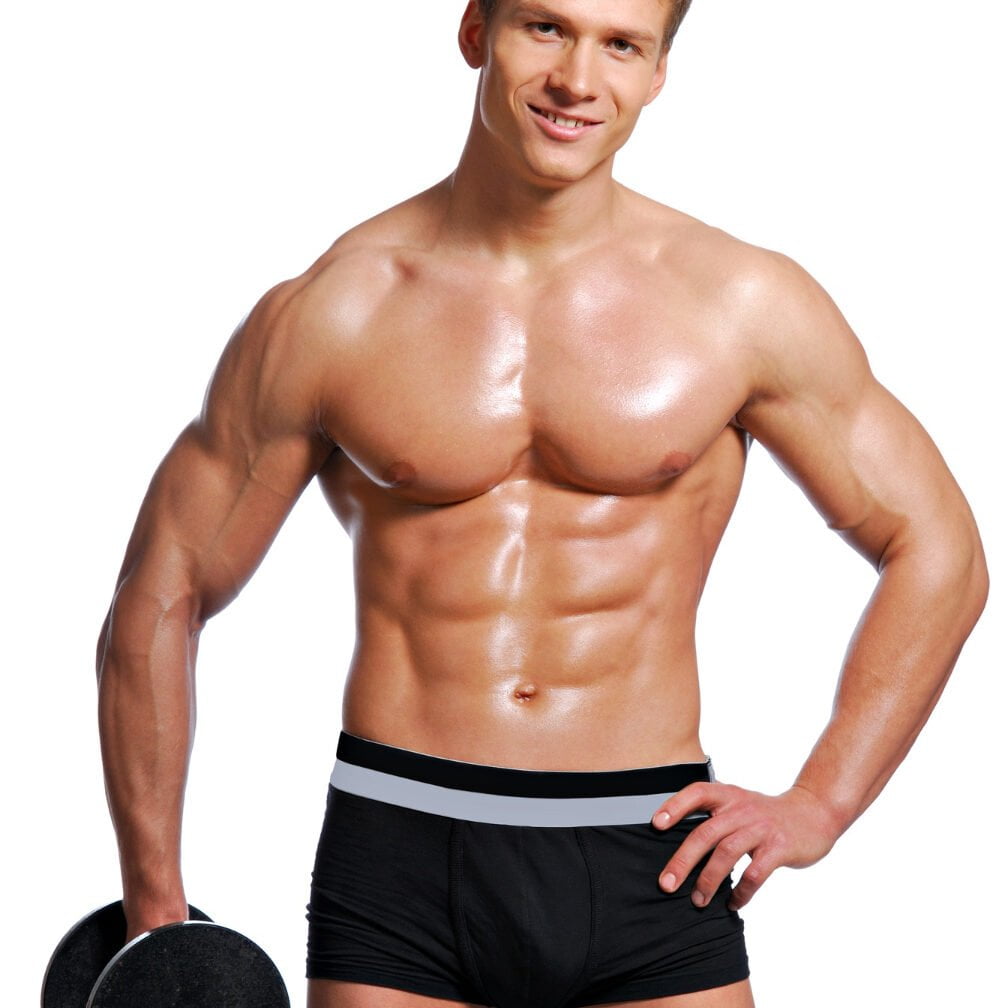
Suitable for multiple training approaches
Dumbbell exercises offer the flexibility to adapt to any training style, whether it’s building strength, increasing muscular endurance, or enhancing coordination. They fit seamlessly into circuits, can be used for high-intensity interval training (HIIT), and are perfect for traditional resistance training routines.
Athletes aiming for hypertrophy can increase weight and lower repetitions, while those focused on stamina might opt for lighter weights and higher reps.
Trainers encourage using dumbbells in functional movement patterns that mimic daily activities or sporting motions. This approach helps improve core strength and overall stability.
If your goal is to challenge every muscle group, consider integrating moves like the dumbbell bench press or squat position hammer curls into a complex workout session. Now let’s take a closer look at 10 effective compound dumbbell exercises that will push your upper body strength to new heights.
10 Effective Compound Dumbbell Exercises for Upper Body
In this section, we will explore 10 highly effective compound dumbbell exercises for upper body strength. These exercises target various muscle groups and can be easily incorporated into your workout routine to help you achieve your fitness goals.
So buckle up and get ready to strengthen and tone your upper body with these powerful movements.
1. Dumbbell Incline Y Raise
The dumbbell incline Y raise targets the shoulders, specifically the front and side deltoids. Lying on an inclined bench, with a slight bend in your elbows, lift the dumbbells up and out to form a “Y” shape.
This exercise engages stabilizing muscles such as the rotator cuff while also activating the upper back and traps to support proper shoulder mechanics.
To optimize this movement, focus on maintaining control throughout and avoid swinging or using momentum to lift the weights. Adjusting the incline angle can add variation and target different areas of the shoulders for a well-rounded strengthening routine.
2. Dumbbell Bent-Over Reverse Row
The dumbbell bent-over reverse row is a challenging exercise that targets the upper back, rear delts, and lats. To perform this exercise, stand with feet shoulder-width apart. Hold a dumbbell in each hand with an overhand grip and hinge at the hips to bend forward until your torso is nearly parallel to the ground.
Keep your back straight and engage your core for stability. With elbows pointing upward, pull the dumbbells towards your ribcage while squeezing your shoulder blades together at the top of the movement.
Slowly lower the weights back down to complete one repetition.
This compound movement not only helps build strength in the upper body but also enhances posture by targeting muscles responsible for pulling movements. It’s essential to maintain proper form throughout this exercise to prevent strain on the lower back and maximize engagement of targeted muscles.
3. Dumbbell Front Raise
Transitioning from the Dumbbell Bent-Over Reverse Row to the Dumbbell Front Raise, this exercise specifically targets the front deltoids. Stand with feet hip-width apart, holding a dumbbell in each hand, arms straight down in front of your body.
Keeping a slight bend in your elbows, raise the dumbbells forward and upward until they reach shoulder height. Slowly lower them back down to starting position. Engage your core throughout the movement and avoid swinging or using momentum for an effective workout targeting your anterior deltoids.
By performing controlled repetitions and gradually increasing weight as you build strength, you can effectively develop stronger shoulders while also improving stability and functional upper body strength.
4. Dumbbell Bent Over Face Pull
Transitioning from the Dumbbell Front Raise, the Dumbbell Bent Over Face Pull targets your rear deltoids and upper back. Begin by holding a dumbbell in each hand with an overhand grip, bend at your hips until your torso is nearly parallel to the ground.
Next, draw the weights towards your face while keeping your elbows high and wide. This exercise effectively strengthens and stabilizes these muscle groups.
Focusing on proper form is crucial for preventing injury during this movement. Moreover, as you progress in strength training, consider gradually increasing weight to continually challenge and develop these muscle groups.
5. Dumbbell Alternate V Up
Transitioning to the Dumbbell Alternate V Up, this exercise engages the abdominal muscles, hip flexors, and stabilizing core muscles. Lie on your back with a dumbbell in each hand extended overhead.
As you lift your legs off the ground, simultaneously reach one dumbbell towards your toes while lowering the other down to chest level. Switch sides in a controlled manner while keeping your lower back pressed into the floor throughout the movement.
Engage both sides of your core by maintaining steady breathing and deliberate movements during each repetition. Gradually increase the weight of the dumbbells to continue challenging your core strength and stability as you progress with this exercise over time.
6. Dumbbell High Curl
Transitioning from the Dumbbell Alternate V Up to the Dumbbell High Curl, this exercise targets the biceps and forearms. It involves curling the dumbbells towards your shoulders while maintaining proper form throughout the movement.
Engaging in controlled repetitions with a manageable weight is key to avoid strain or injury, ensuring an effective workout for building upper body strength without overexertion.
When performing the Dumbbell High Curl, start by standing with feet shoulder-width apart and holding a dumbbell in each hand at arm’s length. Keep your elbows close to your torso and slowly curl the weights upwards toward your shoulders, then lower them back down in a controlled manner.
7. Dumbbell Incline Rear Lateral Raise
How to perform the Dumbbell Incline Rear Lateral Raise exercise? Lift dumbbells, maintaining a slight bend in your elbows and keeping the movement controlled. Raise the weights out to your sides until they are at shoulder level, pause for a moment, then lower them back down slowly.
This exercise targets the rear deltoids and helps improve shoulder stability. It also engages the upper back muscles, providing comprehensive upper body strengthening.
8. Dumbbell Bear Crawl Push-Up
Perform the dumbbell bear crawl push-up by placing a pair of dumbbells on the floor shoulder-width apart. Assume a bear crawl position with your hands on the dumbbells and feet hip-width apart.
Execute a push-up, ensuring proper form, and then move one hand and foot to advance in the crawling movement before performing another push-up. This exercise engages the chest, shoulders, triceps, and core while enhancing stability and coordination.
Integrate this dynamic compound exercise into your upper body workout routine for an effective full-body challenge that targets multiple muscle groups simultaneously. By incorporating the dumbbell bear crawl push-up, you can elevate your strength training regimen while promoting functional fitness through coordinated movements that enhance overall physical capabilities.
9. Dumbbell Incline Low Fly
Perform the dumbbell incline low fly by lying on an incline bench with a dumbbell in each hand. Next, lift the dumbbells directly above your chest with your palms facing each other.
Begin to slowly lower the weights out to the sides of your body, maintaining a slight bend in your elbows.
Focus on feeling a stretch across your chest and then return to the starting position using controlled movements. This exercise targets the pectoral muscles and is particularly effective for developing strength and definition in the upper chest area.
10. Dumbbell Alternate Shoulder Press
Transitioning from the Dumbbell Incline Low Fly to the Dumbbell Alternate Shoulder Press, this exercise is a fantastic way to target and strengthen your shoulder muscles. This compound movement not only engages the deltoids but also recruits stabilizing muscles in your core and upper back, making it a great overall upper body strength builder.
To perform the dumbbell alternate shoulder press, simply sit on a bench with a dumbbell in each hand. With palms facing forward, raise the weights to shoulder height and press them overhead one at a time while maintaining control throughout the movement.
This exercise helps improve shoulder stability and can contribute to better performance in various pushing movements. Additionally, incorporating this move into your routine can assist in developing balanced strength between both arms.
Proper Form and Techniques
It’s crucial to prioritize proper form and technique when performing compound dumbbell exercises for upper body strength. This includes warming up, choosing appropriate weights, and maintaining good posture throughout each movement to avoid injury and maximize the effectiveness of the exercises.
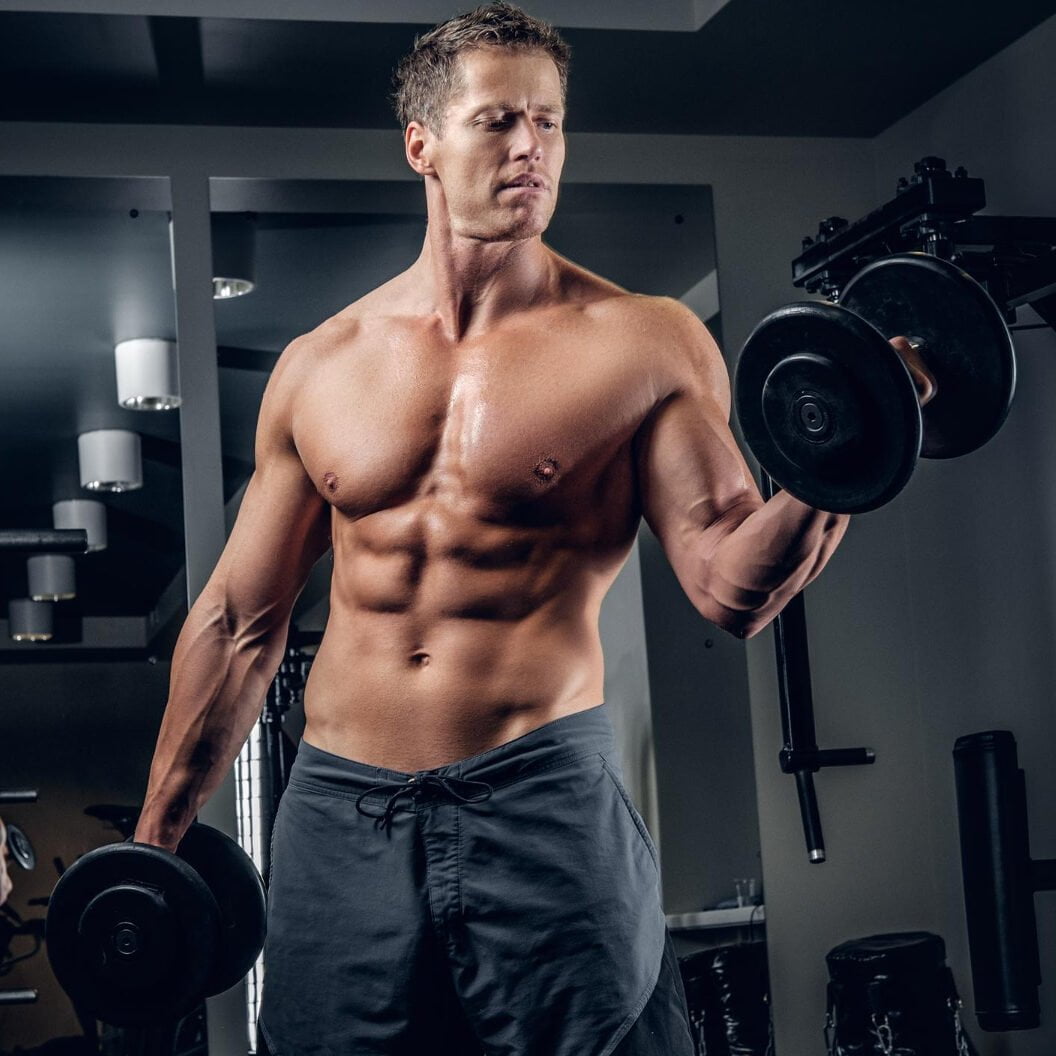
Proper warm-up
To prepare for a successful compound dumbbell workout, start with a light cardio activity to elevate your heart rate, such as jumping jacks or brisk walking. Follow this with dynamic stretching to warm up and improve flexibility in the upper body, including arm circles, shoulder rolls, and arm swings. Here are specific warm-up exercises to consider: gently rotating your wrists and performing arm crosses to open up the chest. Complete the warm-up routine by targeting specific muscle groups with lighter sets of the upcoming exercises, gradually increasing blood flow and preparing your body for the main workout.
Choosing appropriate weights
When selecting weights for compound dumbbell exercises, it’s essential to find a balance between challenge and safety. Opt for weights that allow proper form and control throughout the exercise, challenging your muscles without sacrificing technique.
The weight should feel moderately heavy by the final few repetitions of each set, encouraging muscle fatigue while maintaining good posture and range of motion. Gradually increasing the weight as you become stronger will ensure ongoing progress and prevent plateauing in your upper body strength training routine.
By focusing on choosing appropriate weights, you can optimize the effectiveness of compound dumbbell exercises while reducing the risk of strain or injury. Remember to start with lighter weights than you think you need if uncertain about your capacity, prioritizing proper form over heavier loads initially.
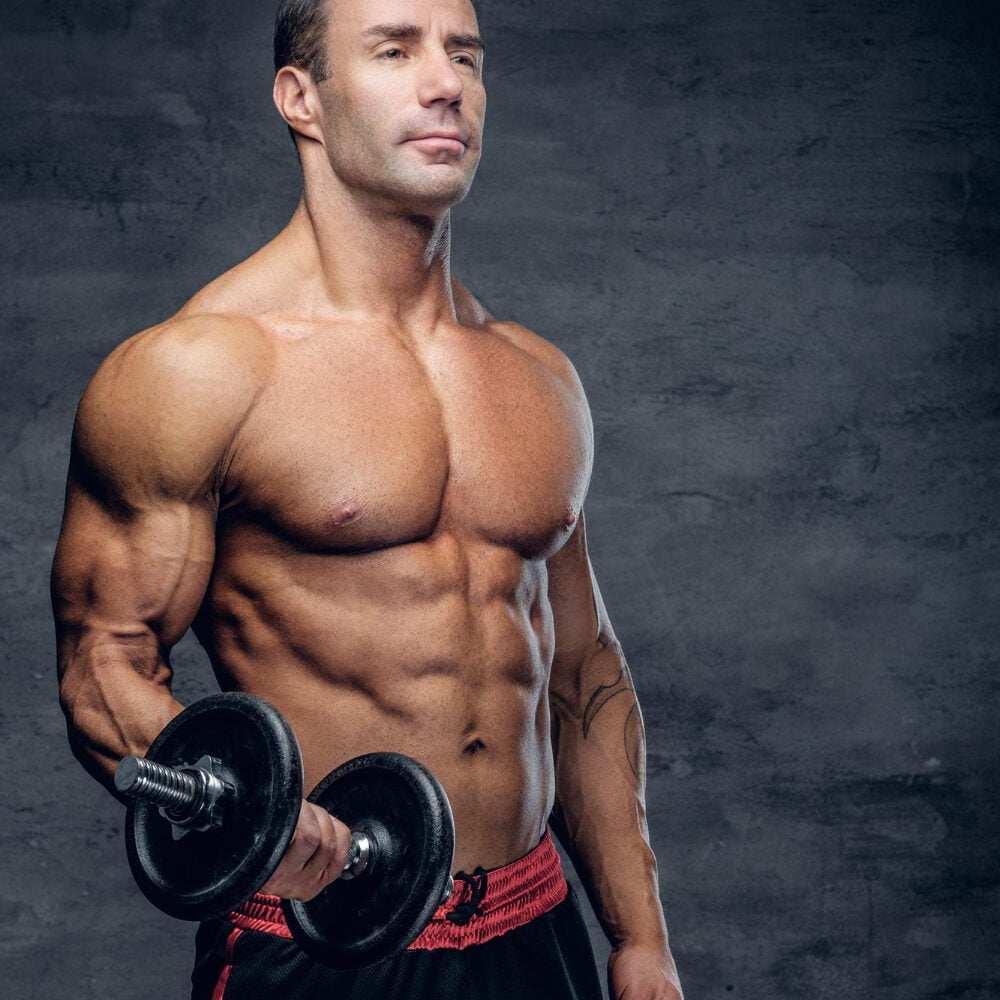
Importance of maintaining proper form
After choosing appropriate weights, it’s crucial to maintain proper form while performing compound dumbbell exercises for your upper body. Proper form not only ensures that you target the intended muscles effectively but also minimizes the risk of injury.
Focusing on maintaining correct posture and alignment throughout each exercise helps in maximizing the benefits and reducing unnecessary strain on joints and ligaments. It is essential to engage core muscles, stabilize the shoulders, and execute smooth, controlled movements to achieve optimal results without compromising safety.
Maintaining proper form also allows you to fully activate the specific muscle groups targeted by each exercise. By adhering to correct positioning and movement patterns, you can effectively isolate and work those muscles, leading to better muscle development over time.
Tips for avoiding injury
To avoid injury while performing compound dumbbell exercises, it’s important to prioritize safety and technique. Here are some tips to keep in mind:
- Warm up adequately before starting your workout to prepare your muscles and prevent strains.
- Choose weights that challenge you without compromising proper form and control.
- Focus on maintaining proper posture throughout each exercise to reduce the risk of strain or overexertion.
- Engage your core muscles to stabilize your body and protect your back during movements.
- Avoid using momentum to lift the weights, instead, emphasize controlled and deliberate movements for each repetition.
- Listen to your body – if you experience pain or discomfort, stop the exercise immediately and seek guidance if necessary.
- Gradually increase the intensity of your workouts rather than pushing yourself too hard too soon, allowing time for adaptation and recovery.
- Incorporate variety into your routine to prevent overuse injuries and promote balanced muscle development.
- Ensure a full range of motion during each exercise, avoiding abrupt or jerky movements that could lead to injury.
- Seek professional guidance if you’re new to these exercises or unsure about proper form, as expert advice can help prevent potential injuries.
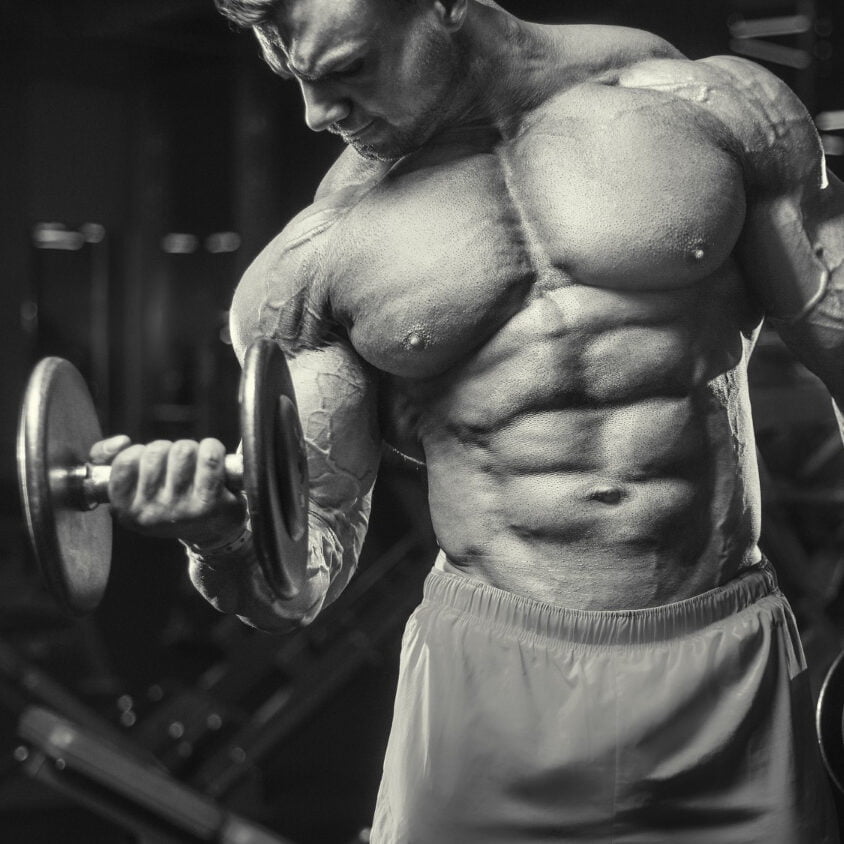
Sample Upper Body Compound Dumbbell Workout
Try this effective upper body compound dumbbell workout to strengthen your muscles and improve overall fitness. Remember, consistency is key to seeing results! Click here to learn more about each exercise and how to incorporate them into your routine.
3 sets of 10 reps for each exercise
Complete 3 sets of 10 reps for every exercise to optimize upper body strength and endurance. This repetition scheme allows ample opportunity for muscle engagement and growth, helping you push past plateaus and improve overall performance.
Engaging in a consistent routine of 3 sets with 10 repetitions each fosters muscular adaptation, contributing to enhanced strength gains over time. It also helps refine technique while building endurance, priming your upper body for more advanced training methodologies.
Rest for 30 seconds between sets
Rest for 30 seconds between sets to allow your muscles to partially recover. This brief rest period helps maintain the quality of your workout by preventing fatigue, allowing you to perform each set with proper form and intensity.
By incorporating this short break, you can optimize your strength gains and ensure that you’re ready to tackle the next set with energy and focus.
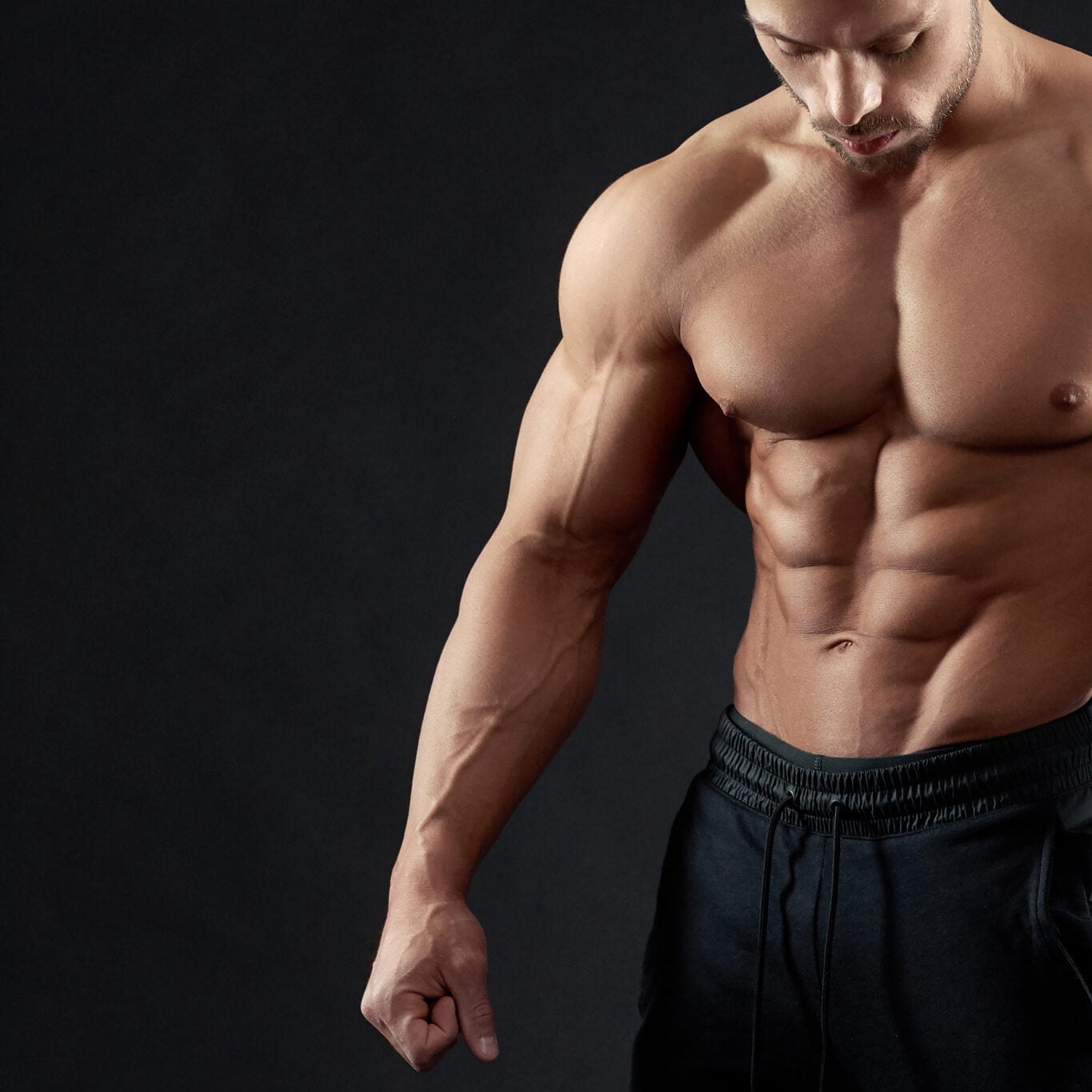
Include a combination of pushing, pulling, and overhead exercises
Incorporate a mix of pushing, pulling, and overhead exercises to target various upper body muscles effectively. This combination engages the chest, shoulders, back, and arms comprehensively.
Pushing movements such as push-ups or dumbbell bench presses work the chest and triceps, while pulling exercises like rows or pull-ups engage the back and biceps. Incorporating overhead exercises like shoulder presses or lateral raises strengthens the deltoid muscles for overall upper body development.
Ensure to include a variety of these movements in your workout routine to promote balanced muscle growth across your upper body. By combining different types of exercises, you can achieve a well-rounded strength training regimen that targets multiple muscle groups with each session.
Modify to fit individual fitness level and goals
Tailor the workout to your specific fitness level and objectives by adjusting the number of sets, reps, or weight used for each exercise. Whether aiming for muscle growth, strength gains, or toning, adapting the workout plan will help achieve personalized results.
Emphasize exercises that align with individual goals and capabilities to ensure a tailored approach to upper body conditioning.
Adaptation is key in achieving personal fitness milestones. By customizing exercises and intensity levels based on individual abilities and ambitions, progress can be optimized effectively.
Conclusion

Incorporate these compound dumbbell exercises into your upper body workout routine for noticeable strength gains. Set achievable targets and track your progress to stay motivated and focused on reaching your goals.
What impact could these practical training strategies have on your fitness journey? Take the first step towards stronger, more resilient upper body muscles today! Consider seeking professional guidance or exploring specialized resources tailored to your specific fitness needs.
FAQs
1. What are compound dumbbell exercises for the upper body?
Compound dumbbell exercises target multiple muscle groups with movements like the dumbbell bench press, bicep curls, and shoulder presses to increase strength in your upper body effectively.
2. Can you use kettlebells for these exercises instead of dumbbells?
Yes, many of these exercises like Romanian deadlifts and push press can be performed using kettlebells as a versatile alternative to engage your muscles differently.
3. Will I see improvement in my biceps from these exercises?
Absolutely! Exercises such as supinated bicep curls and hammer curls focus on strengthening and enhancing bicep definition.
4. How do you prevent overtraining while doing these workouts?
To avoid overtraining, balance your strength sessions with rest days, listen to your body’s signals, and incorporate aerobic activities or cardio workouts that complement your strength-training regimen.
5. Is it important to include a warm-up before starting compound exercises?
Always start with a warm-up; dynamic stretches or light aerobics prepare the muscles and scapulae for the explosive exercise ahead, reducing the risk of injury and DOMS (delayed onset muscle soreness).
6. Can pull-ups be part of my compound exercise routine if I have no dumbbells?
Pull-ups are an excellent addition; they’re effective compound-exercises that utilize body weight to build upper body strength—simply use a pull-up bar or safe structure suitable for chin-ups.

Author
Years ago, the spark of my life’s passion ignited in my mind the moment I stepped into the local gym for the first time. The inaugural bead of perspiration, the initial endeavor, the very first surge of endorphins, and a sense of pride that washed over me post-workout marked the beginning of my deep-seated interest in strength sports, fitness, and sports nutrition. This very curiosity blossomed rapidly into a profound fascination, propelling me to earn a Master’s degree in Physical Education from the Academy of Physical Education in Krakow, followed by a Sports Manager diploma from the Jagiellonian University. My journey of growth led me to gain more specialized qualifications, such as being a certified personal trainer with a focus on sports dietetics, a lifeguard, and an instructor for wellness and corrective gymnastics. Theoretical knowledge paired seamlessly with practical experience, reinforcing my belief that the transformation of individuals under my guidance was also a reflection of my personal growth. This belief holds true even today. Each day, I strive to push the boundaries and explore new realms. These realms gently elevate me to greater heights. The unique combination of passion for my field and the continuous quest for growth fuels my drive to break new ground.





